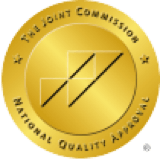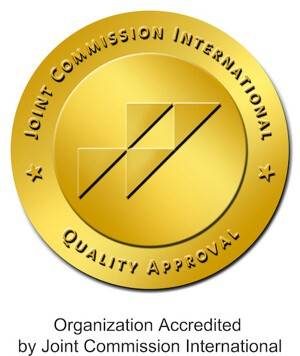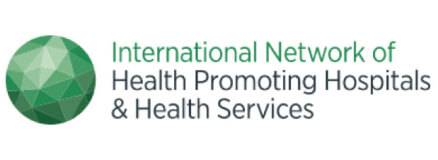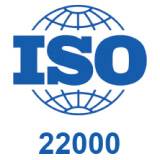
Dr. Ho Kwok Tung: Does Artery Blockage Mean Immediate Surgery? Understanding Angioplasty and Prevention!
Angioplasty, commonly known as “ballooning,” is a minimally invasive heart procedure performed under local anesthesia. A catheter is used to insert a balloon and stent into the narrowed or blocked artery to restore blood flow to the heart muscle. It does not require open-heart surgery, carries lower risks, and offers faster recovery.
According to the guidelines of the International Cardiology Society, angioplasty is recommended if:
- Artery blockage exceeds 70%,
- There is over 50% narrowing of the left main coronary artery or the proximal left anterior descending artery, or
- The patient experiences symptoms such as angina during activity, shortness of breath, reduced exercise tolerance, or heart failure.
For milder blockages without significant symptoms, medical management with medications to control blood sugar, cholesterol, and blood pressure may be sufficient to stabilize the condition.
People at high risk—such as smokers, those with hypertension, diabetes, high cholesterol, or a family history of heart disease—should undergo early screening. Recommended tests include:
- Echocardiogram (heart ultrasound)
- Exercise stress test (treadmill ECG)
- Coronary CT angiography
- Cardiac catheterization and angiography
Prevention is better than treatment. Key strategies to reduce the risk of cardiovascular disease include:
- Avoiding smoking
- Healthy diet
- Regular physical activity
- Weight management
While angioplasty can quickly relieve artery blockages and reduce the risk of heart attacks, long-term health management remains essential to prevent re-narrowing of the arteries.











